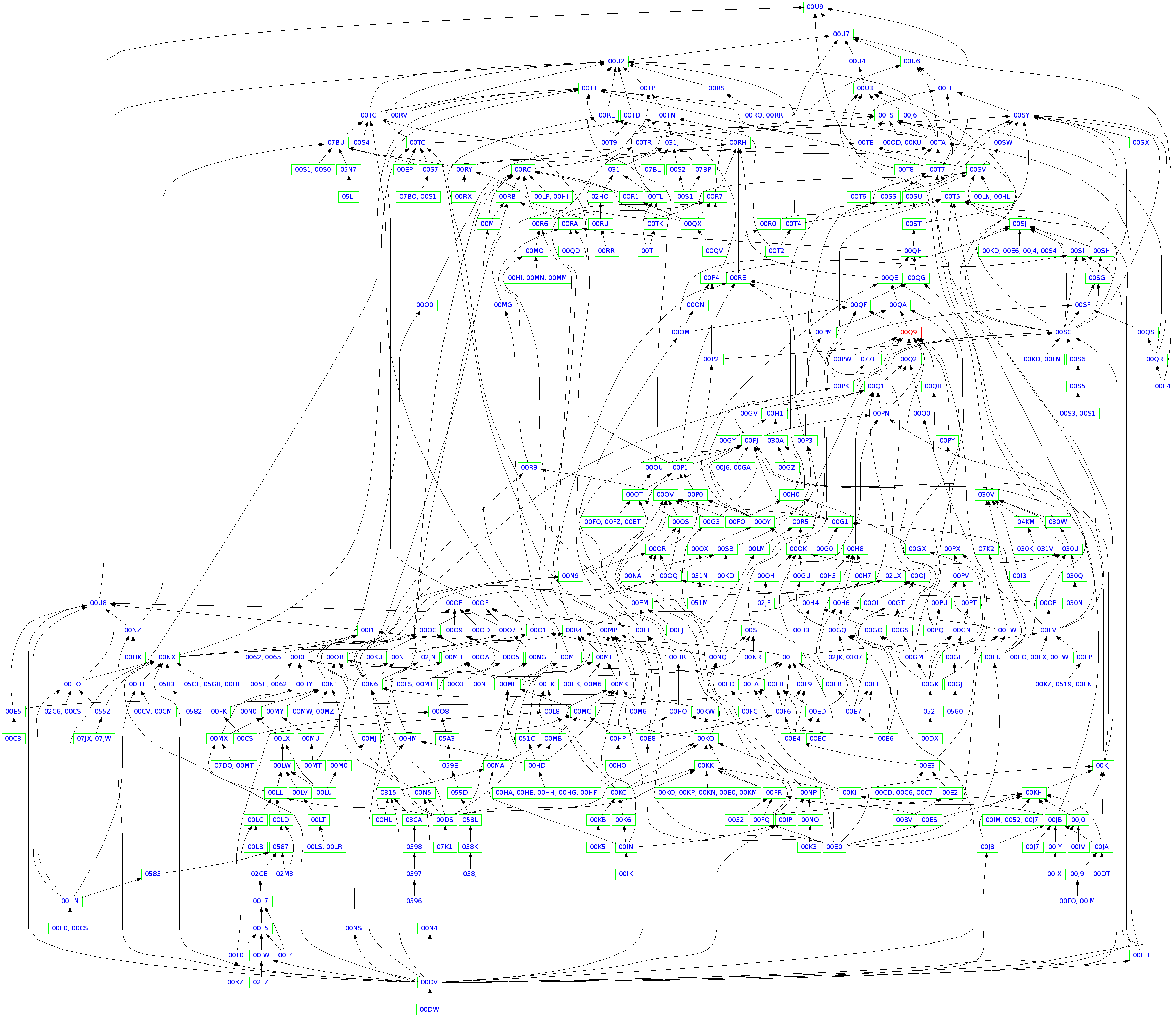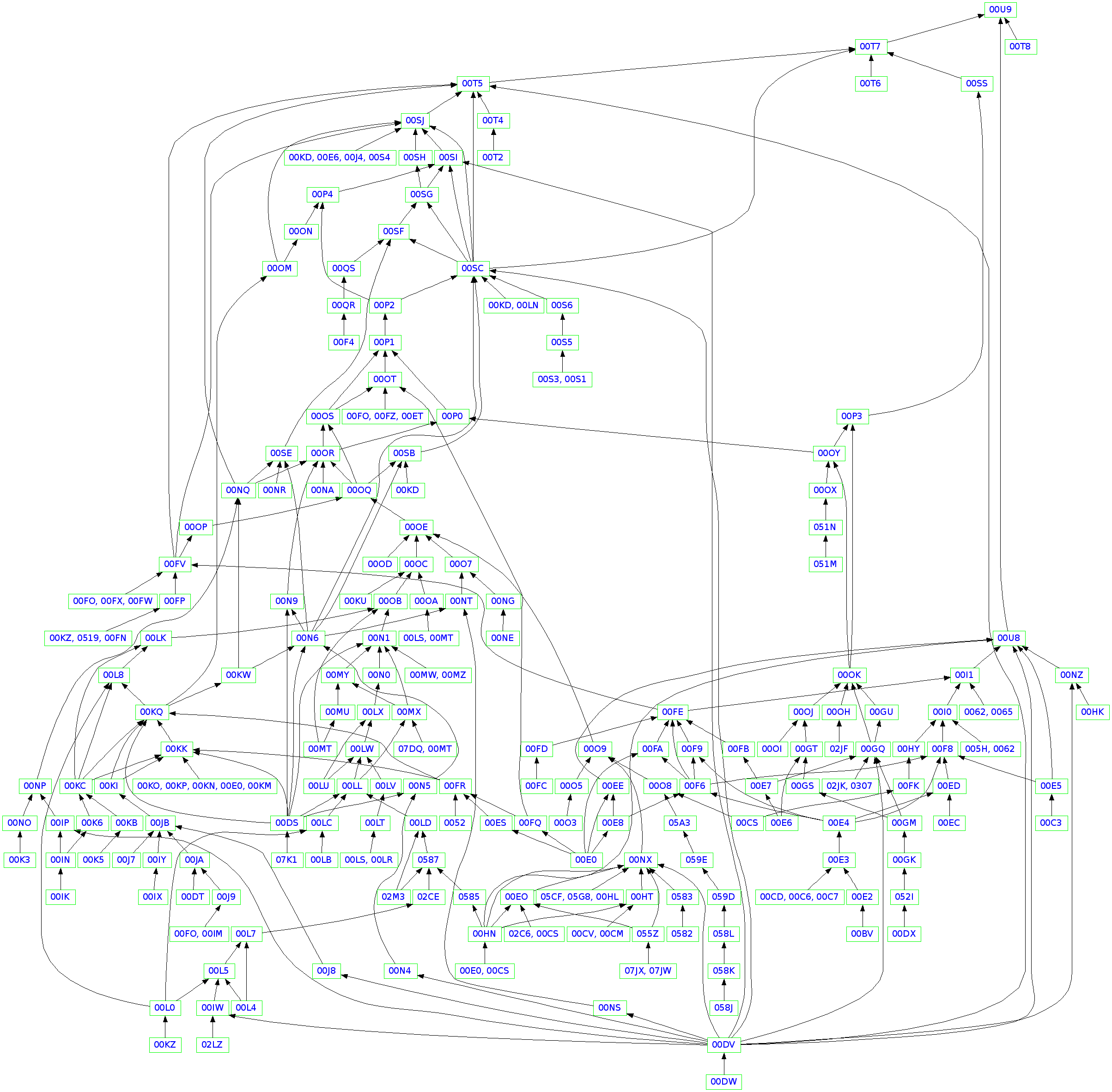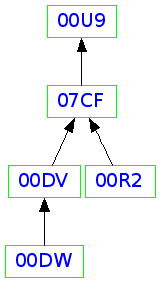Let A —> B be a finitely presented ring map. Then we can write B = A[x_1, …, x_n]/I and we get a two term complex
NL_{B/A} : I/I^2 —> ⨁ B dx_i
given by differentiation. In the stacks project we call this the naive cotangent complex of B over A, see Definition 07BN and Lemma 00S1. We say a ring map A —> B is smooth if it is finitely presented and NL_{B/A} is quasi-isomorphic to a projective module placed in degree 0, see Definition 00T2.
A ring map A —> B is said to be formally smooth if given a surjection C —> C’ of A-algebras with square zero kernel, any A-algebra map from B to C’ can be lifted to an A-algebra map from B to C, see Definition 00TI. A first result on smooth ring maps is that given a finitely presented ring map A —> B we have
A —> B is formally smooth if and only if A —> B is smooth.
See Proposition 00TN. This equivalence means in particular that our definition of smooth ring maps agrees with everybody else’s definition.
A standard smooth ring map is one of the form A —> B = A[x_1, …, x_n]/(f_1, …, f_c) with the matrix of partial derivatives df_j / dx_i for i,j = 1, …, c invertible in B, seeDefinition 00T6. A second result is that
a smooth ring map A —> B is Zariski locally on B standard smooth,
see Lemma 00TA.
A relative global complete intersection is a ring map of the form A —> B = A[x_1, …, x_n]/(f_1, …, f_c) such that the fibre rings have dimension n – c, see Definition 00SP. A third result, see Lemma 00T7, is that
a standard smooth ring map is a relative global complete intersection
The proof of this requires a bit of dimension theory; it is essentially the “Jacobian criterion”.
Lemma 00SV states that
a relative global complete intersection is flat.
You prove this by reducing to the Noetherian case and using the local criterion of flatness.
So far, besides some basic commutative algebra there are only ingredients needed to proceed along the lines above are some dimension theory and the local criterion of flatness.
A final result is Lemma 00TF which states that
a flat finitely presented ring map with smooth fibre rings is smooth.
The current proof of this in the stacks project uses a large amount of technical material including limit techniques to reduce to the Noetherian case and Zariski’s main theorem to bound dimensions in nearby fibres.




